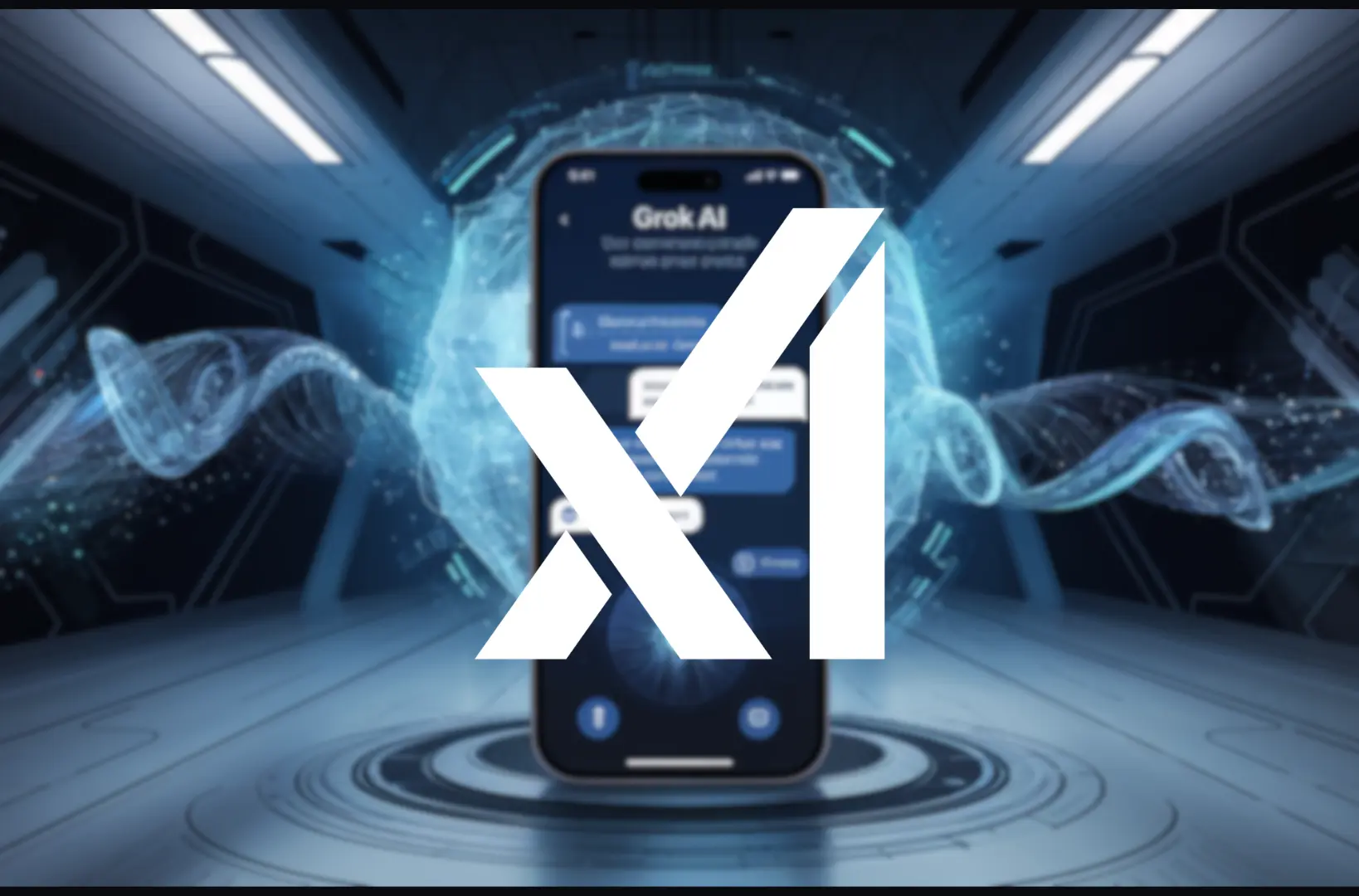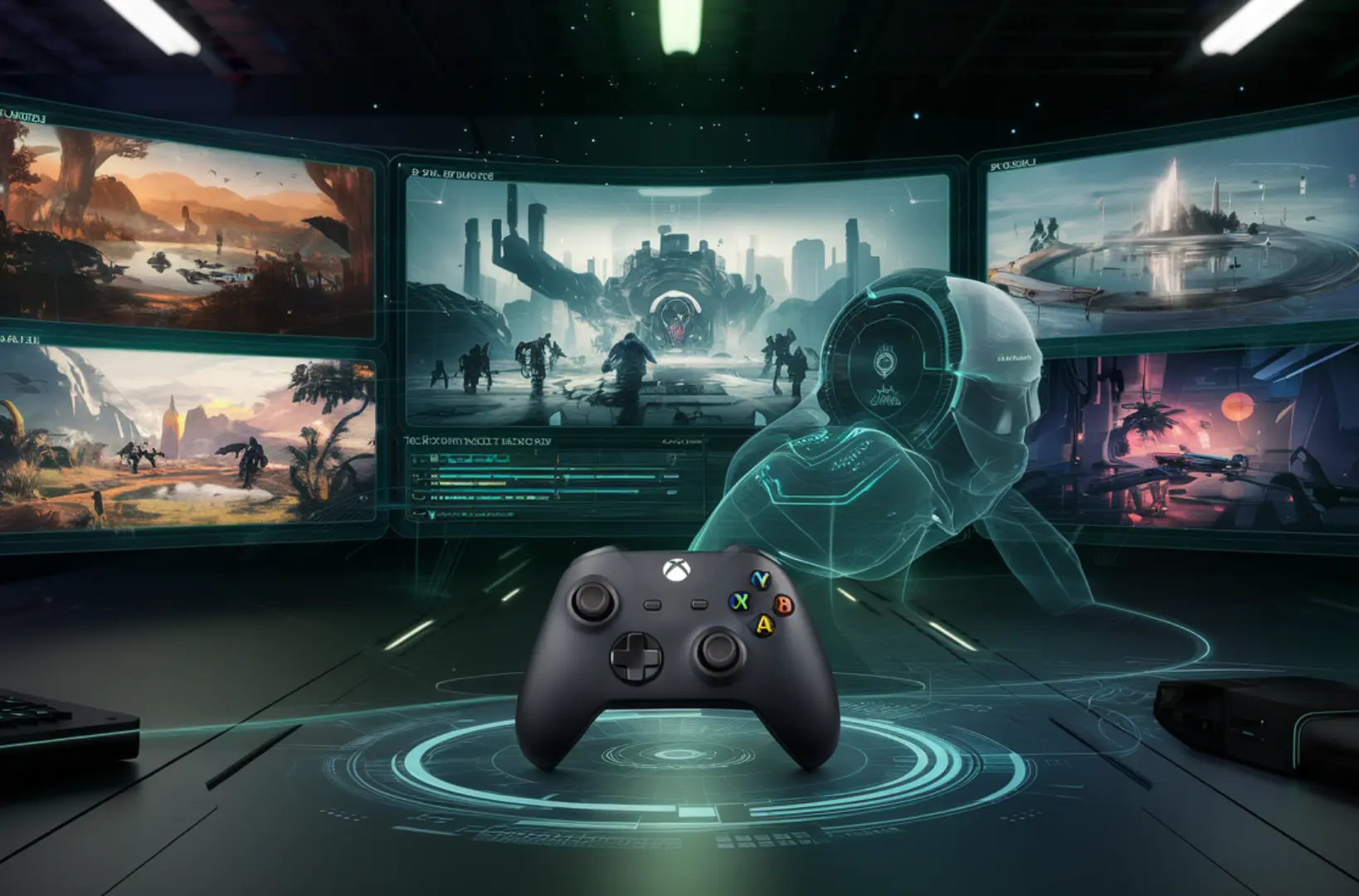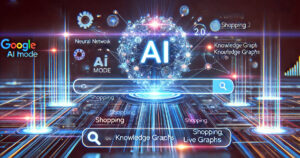The future of Google Search is no longer a simple list of blue links—it’s an intelligent assistant that thinks, suggests, and even acts on your behalf. But in prioritizing fast, conversational answers, Google AI Mode has sparked concerns about hiding the very sources that fuel the web. Now, Google is recalibrating. By testing link carousels, rolling out smarter inline citations, and experimenting with “Web Guide” groupings, the company is signaling its intent to surface more sources and encourage exploration. In this post, we’ll dive deep into what’s changing, why it matters for everyday users and publishers, and what it reveals about Google’s broader strategy for AI-driven search. Stick with us to the end for a set of FAQs and actionable insights you can use to prepare for the next era of search.
What’s Changing in AI Mode
Google’s AI Mode is rapidly transforming from a simple answer engine into a dynamic exploration tool. Here’s how:
- Link Carousels on Desktop (and Soon Mobile): Instead of forcing users to dig for references hidden at the bottom of an answer, Google is experimenting with carousels that showcase clickable sources side by side. These scrolling displays allow users to scan multiple perspectives at a glance, offering depth and variety without leaving the search interface. Soon, these will roll out to mobile, where the majority of searches take place.
- Smarter Inline Links: Google is actively training its AI models to predict where users are most likely to want a source. Rather than tucking away links at the end, they now appear organically within the AI-generated text—similar to how a human editor would cite sources. This reduces friction, boosts credibility, and encourages users to continue exploring the open web.
- Web Guide Experiment in Search Labs: Google’s “Web Guide” organizes useful links into thematic groupings, offering structured discovery alongside AI-generated insights. Initially rolled out in the “Web” tab, the feature is now being tested in the broader “All” tab, signaling Google’s ambition to make publisher content more accessible to mainstream searchers.
The goal is simple but ambitious: make AI Mode not the end of the journey, but the beginning of a richer exploration across the web.
Why This Matters: Three Key Angles
1. For Users
For searchers, these changes unlock a more engaging and transparent experience:
- Trust & Transparency: Inline links reduce the perception of AI as a “black box.” Users can verify where information comes from instantly, increasing confidence in results.
- Ease of Exploration: Carousels transform search into a visually guided discovery process, letting users explore multiple viewpoints quickly.
- Personalization Potential: As AI continues learning, it will likely tailor link visibility to user intent—whether someone is hunting for quick how-tos, in-depth analysis, or product reviews.
The net effect? A more trustworthy, interactive, and personalised search journey.
2. For Publishers
Publishers have raised alarms about “Zero-Click Search,” where Google provides the answer without sending users outward. These updates mark an attempt to address that criticism:
- Improved Visibility: Inline links and carousels give publishers prime real estate within AI answers, potentially driving clicks directly from summaries.
- Ecosystem Balance: By surfacing more sources, Google acknowledges the need to keep publishers motivated to produce quality content that fuels AI.
- Cautious Optimism: While these experiments are promising, many publishers remain sceptical. Traffic has already dropped for certain verticals, and AI Mode must demonstrate that visibility translates into meaningful engagement.
3. For Google’s Strategy
Google’s business model thrives on both innovation and ecosystem sustainability. These updates serve multiple strategic purposes:
- AI Leadership: By constantly evolving AI Mode, Google signals its ability to lead the global AI-driven search race.
- User Retention: Offering clickable, transparent results helps prevent users from defecting to competitors like Perplexity AI or ChatGPT.
- Future Monetization: With clearer link placement, Google can experiment with ads, sponsored results, and partnerships without undermining trust.
Together, these moves highlight Google’s intent to build an AI system that integrates deeply with the open web, rather than replacing it.
The Evolution of AI Mode
Google’s path to today’s AI Mode has been marked by bold experimentation, reflecting both ambition and controversy. The journey has not been a straight line; it has included trial, error, and constant recalibration in response to how users and publishers react.
- AI Overviews (2023–2024):
Google first introduced AI Overviews as a way to summarize web results into concise snapshots. While convenient for users, these often came at the expense of publishers. Many sites saw drops in traffic because users could find answers directly in Google without clicking through. The backlash was swift, with publishers voicing concern about losing revenue and visibility. Despite criticism, AI Overviews demonstrated Google’s commitment to making search results faster, clearer, and more conversational. - AI Mode (2025):
Building on lessons from AI Overviews, Google unveiled AI Mode, powered by its advanced Gemini 2.5 model. Unlike its predecessor, AI Mode handles multimodal queries, accepting not only text but also images and voice. It introduced features like Deep Search, which can dive into layered or nuanced questions, and agentic capabilities, allowing users to complete tasks like booking restaurants, planning trips, or purchasing tickets directly from the search interface. This marks a turning point where search is no longer passive—it becomes interactive and task-oriented. - Project Mariner:
Supporting these advancements is Project Mariner, the engine enabling AI Mode to take real-world actions. This system connects Google’s AI seamlessly with third-party services, creating an ecosystem where queries don’t just provide information—they trigger meaningful actions. Whether it’s ordering food, scheduling an appointment, or pulling in live data, Project Mariner transforms AI Mode into more than a search tool, it’s a proactive assistant.
This evolution illustrates Google’s determination to redefine search. The shift from summarizing content to enabling real-world actions shows that Google doesn’t just want to answer questions—it wants to help users achieve outcomes, positioning AI Mode as a central hub for both information and action.
Challenges & Criticisms
Despite improvements, serious challenges remain:
- Declining Referral Traffic: Reports show publishers are already losing significant traffic, even as Google experiments with more visible links.
- Reduced CTRs: Independent studies indicate that AI Overviews reduce click-through rates substantially, undermining publisher revenue.
- Interface Limitations: Early AI Mode versions buried links behind tiny icons or faint text—elements few users noticed.
- Zero-Click Concerns: Critics argue Google risks consolidating too much power, trapping users inside its ecosystem while publishers lose incentive to create fresh content.
The tension is clear: Google wants to innovate without dismantling the very ecosystem its AI depends on.
What’s Next?
Looking ahead, Google will continue testing, refining, and expanding these features:
- Mobile Link Carousels: Rolling out to smartphones, this change could revolutionize how billions interact with AI answers on the go.
- Deeper Personalization: Expect AI Mode to adapt source visibility to individual users, tailoring experiences while raising questions about filter bubbles.
- Monetization Experiments: Ads and sponsored results may soon appear within AI answers, blurring the line between organic and paid visibility.
- Expanding Integrations: Partnerships with booking engines, e-commerce platforms, and event services will expand AI Mode from a search tool to an action hub.
For users, this means more convenience. For publishers, it could mean new opportunities—but also heightened competition.
Conclusion
Google’s decision to show more links in AI Mode is more than a design tweak—it’s a strategic pivot. For users, it promises richer, more transparent, and more actionable results. For publishers, it represents a lifeline in an ecosystem where traffic is increasingly elusive. For Google, it’s an essential balancing act: innovate with AI while safeguarding the web that sustains it.
The bottom line: AI Mode is no longer about replacing the traditional blue link—it’s about reinventing it. Whether this reinvention succeeds will depend on one critical factor: will users trust and click the links, and will publishers adapt fast enough to stay relevant? As this new era of search unfolds, staying informed and agile is the best way to thrive.
👉 Stay ahead of the curve: subscribe to our newsletter for weekly insights into AI, search, and digital strategy.
Frequently Asked Questions (FAQs)
Q1: What is Google’s AI Mode?
AI Mode is Google’s next-generation search feature, powered by Gemini 2.5, that provides conversational, multimodal, and action-oriented answers instead of just a list of blue links.
Q2: Why is Google adding more links to AI Mode?
To address concerns from publishers and users. More links mean greater transparency, better user trust, and improved visibility for content creators.
Q3: How do link carousels help users?
They allow quick scanning of multiple sources, giving users the ability to explore different perspectives without re-entering search queries.
Q4: Will these changes benefit publishers?
Potentially yes—better link placement could restore some lost traffic. However, overall referral traffic from Google remains lower compared to the traditional search experience.
Q5: What should businesses and publishers do now?
Optimize content for AI Mode by focusing on clear, authoritative answers. Structured data, FAQ-rich pages, and trust signals can increase the chances of being featured.

Burhan Ahmad is a Senior Content Editor at Technado, with a strong focus on tech, software development, cybersecurity, and digital marketing. He has previously contributed to leading digital platforms, delivering insightful content in these areas.








